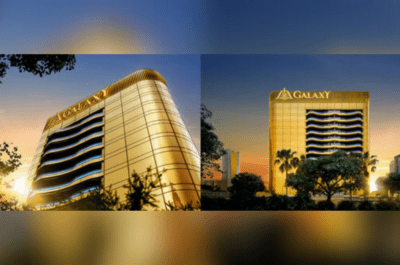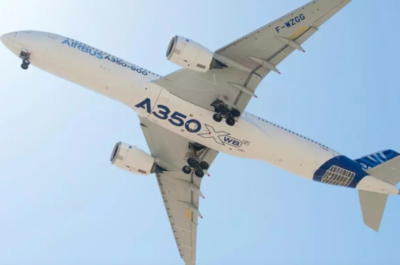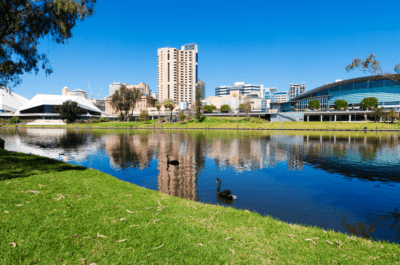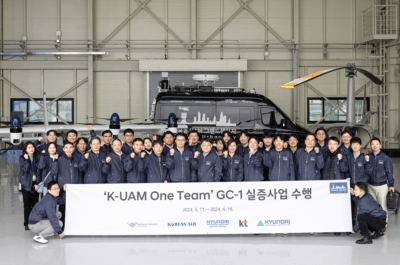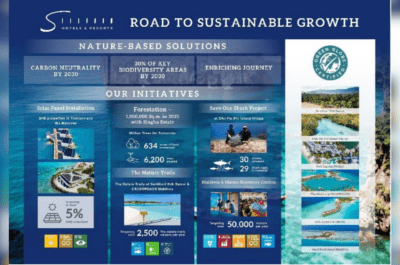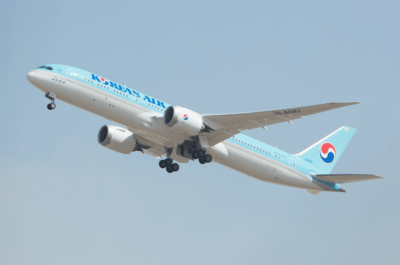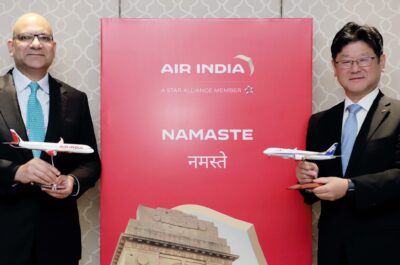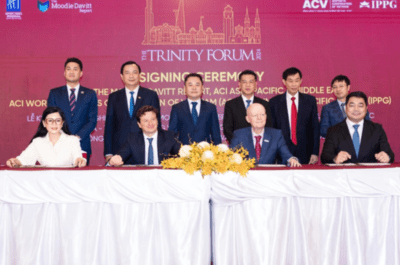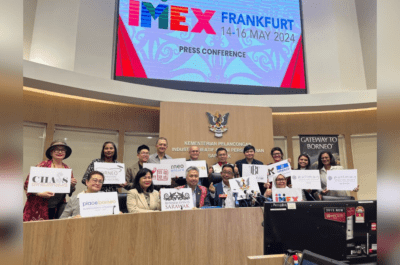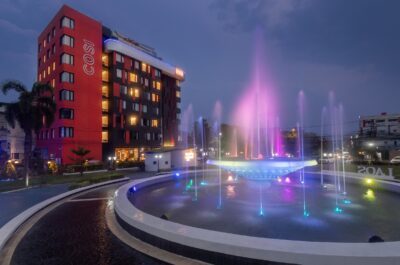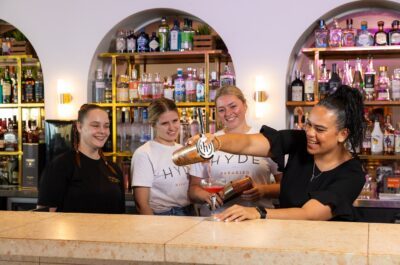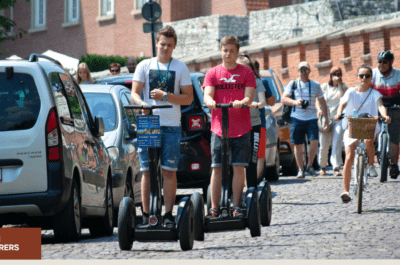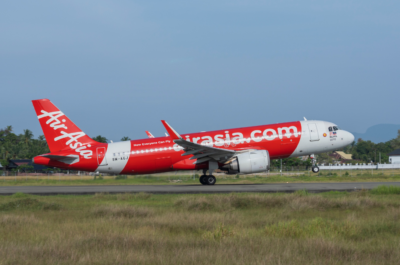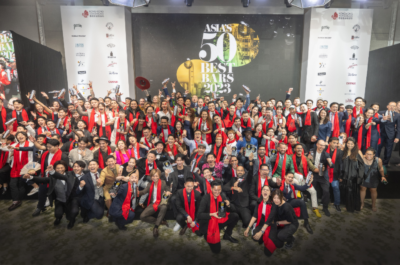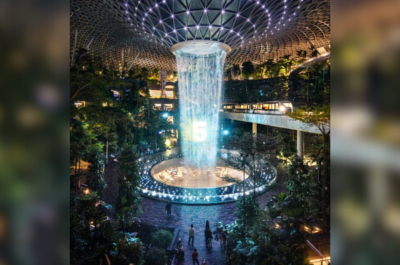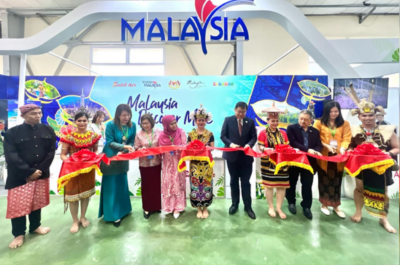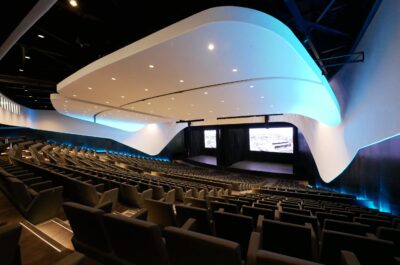…
MICE industry is one of the fastest growing segments within the tourism industry generating millions in revenues for cities and countries. Europe and United States still remain the major markets worldwide in respect of the number of meetings, conferences and exhibitions.
According to the International Congress and Convention Association (ICCA) 5,283 registered events took place in 2005, a rise of 479 over 2004.
As we can see on ICCA’s global ranking, USA and Europe dominate in the MICE business, with Vienna ranking first in the meeting industry followed by Singapore and Barcelona in the second and third place respectively.
There were no changes in the first three places in the countries’ table compared to 2004 as USA, Germany and Spain maintained their position. United Kingdom have managed to surpass France climbing to the fourth place. It is worth mentioning that Australia remained 8th and Switzerland is a newcomer in the global ranking taking 10th place.
|
Rank |
Country |
#Meetings |
|
1 |
U.S.A. |
376 |
|
2 |
Germany |
320 |
|
3 |
Spain |
275 |
|
4 |
United Kingdom |
270 |
|
5 |
France |
240 |
|
6 |
Netherlands |
197 |
|
7 |
Italy |
196 |
|
8 |
Australia |
164 |
|
9 |
Austria |
157 |
|
10 |
Switzerland |
151 |
|
Rank |
City |
#Meetings |
|
1 |
Vienna |
129 |
|
2 |
Singapore |
125 |
|
3 |
Barcelona |
116 |
|
4 |
Berlin |
100 |
|
5 |
Hong Kong |
95 |
|
6 |
Paris |
91 |
|
7 |
Amsterdam |
82 |
|
8 |
Seoul |
77 |
|
9 |
Budapest |
77 |
|
10 |
Stockholm |
72 |
Emerging markets in meetings & incentive travel
Europe:
The emerging markets in Europe are predominately Eastern European countries such as Russia, Bulgaria, Croatia, Latvia, Romania and Poland which are all showing increasing demand for meetings and incentive travel, according to Mr. Ray Bloom, IMEX’s chairman.
As far as Russia is concerned the market is growing fast with a prosperous future but it is fact that approximately 73% of all Russian corporate meetings are still held outside Russia as there are limited facilities available within the country.
Asia:
Figures released by the Vietnam’s General Statistics Office (GSO) showed that among 1.85 million foreign tourists traveling to Vietnam in the first six months of 2006, as many as 278,000 visitors travelled in combination with attending seminars or conferences. That is an increase of 26,3 percent over the same period last year.
As MICE tourism booms, the Vietnam Meeting and Incentive Club (VMAIC), established in 2002 and includes airlines, travel agents and hotels throughout the country, is striving to create favorable conditions in a bid to attract more MICE tourists.
As for the nation’s potential in the MICE industry, experts from the World Tourism Organization said, during their recent visit to Vietnam, that its MICE tourism may become a fierce competitor against Singapore, which is regarded as the biggest MICE market in southeast Asia. The International Congress and Convention Association (ICCA) stated that, Vietnam is emerging as a safe destination in the world and an attractive place for foreign investors.
China is also making its presence in the global industry with the recent example of Amway China who will bring 10,000 people to Melbourne for its incentive and training conference. This is the largest incentive group ever to visit Melbourne.
Middle East:
In Middle East the emerging market is the United Arab Emirates zone with Dubai taking the lead in the MICE business with numerous events to be in the pipeline. On the other hand, Abu Dhabi is hosting the Gulf Incentive, Business Travel & Meetings Exhibition (GIBTM ), part of Reed Travel Exhibitions for the first time as an effort to boost MICE business in this region.
Abu Dhabi National Exhibitions Company (ADNEC) launched the sale of plots on 147,582 square meters of prime land at Capital Centre, the new name and brand for the 8 billion (US$ 2.17 billion) business and residential micro-city being built around the iconic Abu Dhabi National Exhibition Centre in the UAE capital. From 2007 Abu Dhabi will begin to see this unique project take shape.
H.H. Sheikh Sultan Bin Tahnoon Al Nahyan, Member of the Abu Dhabi Executive Council and Chairman, Abu Dhabi National Exhibitions Company said: “Capital Centre is one of the cornerstones of our strategy to strengthen Abu Dhabi’s profile as a major destination in the Middle East for the MICE industry. It will serve as a foundation on which new investments, industrial growth and business tourism will be built.”
A survey will be carried out during autumn 2006 with the results published during the GIBTM event giving useful data for the MICE Industry in Middle East.
As Paul Kennedy MBE, Group Exhibitions Director RTE comments, “There is a distinct lack of data for a region that clearly is demonstrating rapid growth in capital infrastructure and levels of meeting business. Our research will provide all parties with increased clarity about the important business sector. The research is expected to give definition to Abu Dhabi, the Gulf and wider Middle East region as an important market within the global meetings industry.”
South Africa:
South Africa is also a promising market with Cape Town to be the key of the South Africa’s MICE future. While, Cape Town in the international ranking list of Congress destinations presently holds the 36th position, the city now holds an 8th position on the ranking list for future scheduled international congresses for the next 10 years.
CTICC Managing Director Dirk Elzinga, indicated that the CTICC is one of the best performing convention centres in the Southern hemisphere.
“More than half of all international meetings taking place in South Africa last year chose Cape Town as their meeting destination, and one out of every four international meetings on the African continent took place in the Mother City,” said Elzinga.
“2006 is the first year that the CTICC for periods of several weeks in a row operates at full capacity. International congresses are taking place at a rate of almost one per week, and average attendance figures increased from an initial 400 in 2004 to close to 600 last year.”
Trends that will affect the meetings industry:
According to Meetings Professional International (MPI), the total number of meetings planned, proposal activity, the number of attendees per meeting/event and expenditures per meeting/event are all likely to increase in 2006. Additionally, client-side planners expect to receive a larger share of their organizations’ budgets in 2006 than in 2005. Yet, respondents remain cautious due to concerns about the general economy and the rising costs of oil and travel.
- Meetings are becoming a valued tool for furthering organizational objectives and success, with a majority of client-side meeting planners indicating that meetings are considered important within their organizations.
- The growth in international meetings travel predicted for 2005 is not expected to continue into 2006.
- Across the board, and across the world, workload topped the list of internal factors impacting the meetings function in 2006. External factors such as rising oil costs also weigh on the meetings function.
Top 5 Internal/ Organizational Trends
- Workload
- Organizational budget changes
- Shifting organizational goals/strategies
- Organizational growth
- Shorter lead times
Top 5 Environmental Trends
- Economy
- Travel Costs
- Cost of Oil/Gas
- Changes in Technology
- Increasing Globalization
Differences among markets
In North America significant growth is predicted in both the number of events and also in budgets. Time constraints, security and environmental concerns are high in North Americans’ agenda. Economic trends are overtaking the cost of events.
In Europe the growth will still be maintained as far as the numbers of events is concerned but the increase will not continue in the budgets. Cost and ROI remains high in Europeans’ agenda.
Within Asia, China is showing an increasing demand for incentives and Vietnam is predicted to be a strong competitor for Singapore in the near future.
To encourage Middle Eastern
Virtual Meetings and Technology in MICE Industry
In a world that terrorist alerts and economic trends are a common sense many corporations are adopting the e-conferences as a solution to save money and time. Small and medium sized enterprises (SMEs) in US and Europe are using more often the tele-seminars and virtual meetings in order to eliminate travel expenses.
Virtual meetings are becoming more popular as business executives are hungry to learn and stay on top of the latest trends. On the other hand, as virtual meetings are still on a new trend there are no significant statistical data.
On the other hand, technology plays a vital role in the MICE business not as a replacement of the face to face experience of meetings but as a mean of facilitating the meetings and events organizers, exhibitors and planners. New technology tools are being launched in MICE exhibitions around the world to help buyers or meeting planners to do their job in more effective way.
In Australia the Melbourne’s Meetings and Convention Bureau says that technology ensures that ‘Wow’ factor in entertainment and spectacular functions for incentive groups.
Climate Awareness in the MICE business
Climate changes and carbon emissions in particular are high in the MICE agenda. Many associations in US, especially the Association of Corporate Travel Executives (ACTE) are trying to steer the industry to adopt a ‘greener’ policy.
The industry is definitely now turning towards a greener approach as associations are cooperating and promoting conferences centres, hotels and airlines which adopt environmental – friendly practises.
Surveys indicate that companies who adopt a ‘green’ policy can actually save money using methods which can really reduce costs and drive to a lowering of carbon emissions.


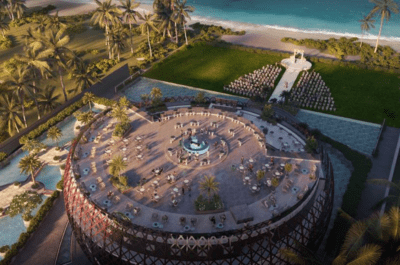
![[PR] PR_Ascott and Vimut Hospital_2024](https://www.traveldailynews.asia/wp-content/uploads/2024/04/PR-PR_Ascott-and-Vimut-Hospital_2024-400x265.jpg)


